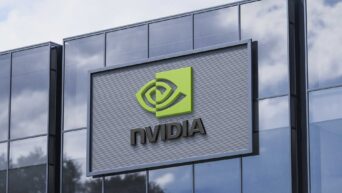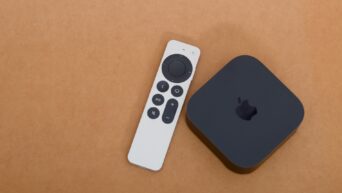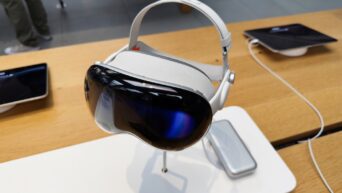Neuralink, Elon Musk’s pioneering brain tech startup, announced plans to implant its brain-computer interface (BCI) system in a second human patient within the next week. This follows the initial implantation earlier this year and aims to address hardware issues encountered in the first participant.
Neuralink’s Breakthrough Technology
Neuralink’s BCI, named Telepathy, involves the implantation of 64 ultra-thin “threads” directly into the brain. These threads, thinner than a human hair, record neural signals through 1,024 electrodes. The system aims to assist patients with breakthrough paralysis-control technology.
Challenges with the First Patient
The company’s first human implantation took place in January, involving 29-year-old Noland Arbaugh at the Barrow Neurological Institute in Phoenix as part of an FDA-approved clinical study. Despite initial reports of a successful surgery, Neuralink faced setbacks when some threads from the implant retracted from Arbaugh’s brain. This issue has not posed a direct health risk, but only around 15% of the channels in Arbaugh’s implant remain functional. Nonetheless, Arbaugh has been able to use the BCI for activities like watching videos, reading, and playing chess and video games for up to 70 hours a week.
Future Improvements and Next Steps
Neuralink executives, including president DJ Seo and head of neurosurgery Dr. Matthew MacDougall, have outlined plans to address these challenges in future implants. Measures include sculpting the skull’s surface to minimize gaps under the implant and inserting threads at various depths to better track and mitigate retraction.
Ongoing FDA Monitoring
The FDA continues to monitor the safety of participants in Neuralink’s study through regular, required reports. An FDA spokesperson confirmed ongoing oversight to ensure participant safety.
Comments from Elon Musk
In a livestream with Neuralink executives, Musk expressed optimism about the company’s progress and hopes to implant the device in several more patients this year. He emphasized the importance of advancing the technology to meet the needs of patients and overcoming the initial hardware issues.

































